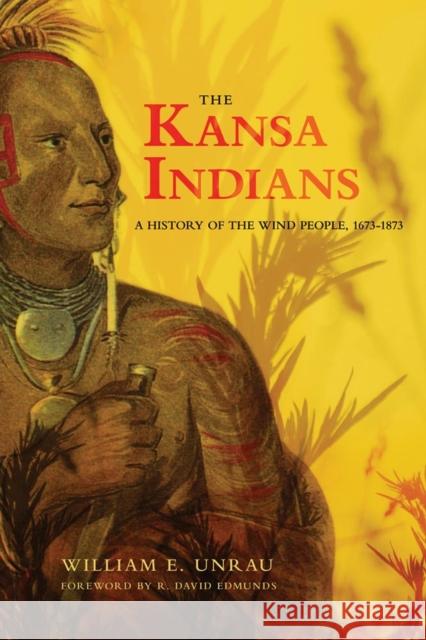The Kansa Indians: A History of the Wind People, 1673-1873volume 114 » książka
The Kansa Indians: A History of the Wind People, 1673-1873volume 114
ISBN-13: 9780806119656 / Angielski / Miękka / 1986 / 288 str.
After their first contacts with whites in the seventeenth century, the Kansa Indians began migrating from the eastern United States to what is now eastern Kansas, by way of the Missouri Valley. Settling in villages mostly along the Kansas River, they led a semi-sedentary life, raising corn and a few vegetables and hunting buffalo in the spring and fall. It was an idyllic existence-until bad, and then worse, things began to happen.William E. Unrau tells how the Kansa Indians were reduced from a proud people with a strong cultural heritage to a remnant forced against their will to take up the whites' ways. He gives a balanced but hard-hitting account of an important and tragic chapter in American history.
Volume 114 in the Civilization of the American Indian Series "[William] Unraus book is the definitive written history of the Kansa to date, particularly in terms of their interaction with the federal government."--American Indian Quarterly"Unrau examines tribal legends and tradition to trace the origins of the Kansa culture to a single Indian nation, located in an unidentified area east of the Mississippi River and made up of the people who separated before the mid-sixteenth century into the Kansas, Quapaws, Omahas, Osages and Poncas. Balancing tradition and archaeological evidence with French and Spanish records, [Unrau] suggests several routes of migration that could have brought the Wind People to the Kansas River valley."--The American West











